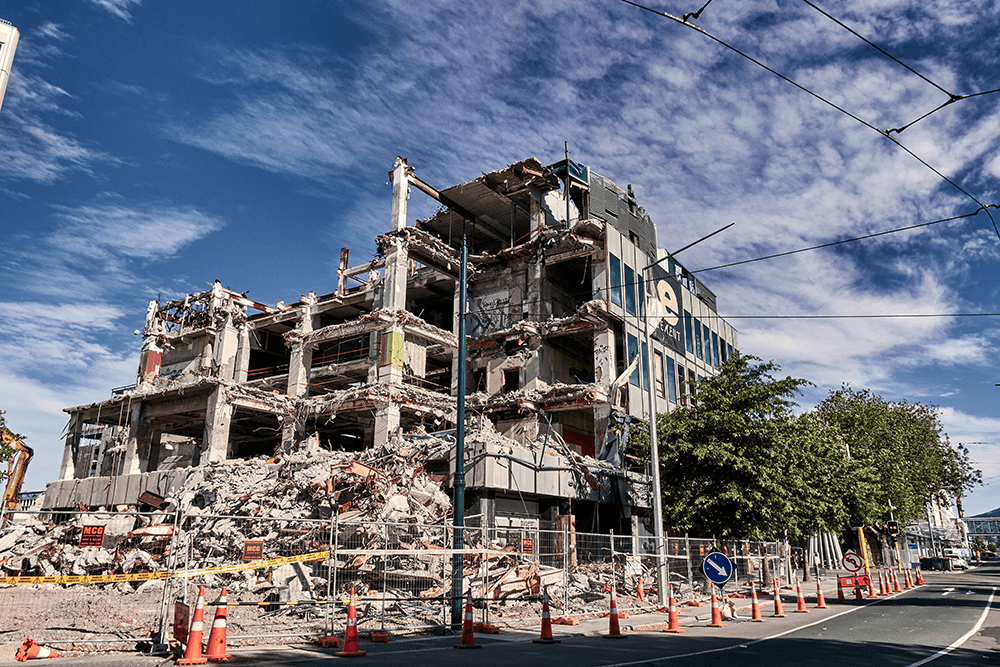4 Steps to Building an Effective Disaster Recovery Plan for Your Business

With the recent earthquake in California and the arrival of hurricane season, it’s important that business owners think about how they would recover should a natural disaster affect their business. While many large corporations can hire a specialist to work around the clock to identify these potential disasters, as a small to medium-sized business owner, you should be building a disaster recovery plan for your business sooner rather than later.
According to FEMA, 40% of small businesses close after a natural disaster strikes.
4 steps to building an effective disaster recovery plan (DR) for your business:
Step 1: Safety first
Natural disasters can happen at any time or place, even with your team inside the building. The first thing you should do when creating your disaster recovery plan is take into account the overall safety of your employees by planning out evacuation routes and exits. Some additional ways to account for the best safety practices from our friends at the Insurance Information Institute:
- Install proper emergency lighting and exit signs.
- Conduct emergency training exercises with all employees present.
- Identify appropriate shelter spaces away from windows.
Step 2: Account for all of your property
Should a natural disaster occur, chances are you’ll lose some, if not all, of your belongings (software, technologies, files, etc.). To account for all of your lost property, make sure that your DR includes creating a list of all of the important machinery/software that you would need in order to begin operating again. Take note of every vendor technical support information and contact information so that you can get back up and running as quickly as possible after the event.
Step 3: Transfer your data to a safe place
Whether it’s physical files you have stored in a cabinet or data stored in an application on your computer, you’re going to want that information somewhere safe in the event of a disaster. Include in your DR how, where, and when you plan on transferring your data. Keep in mind that cybersecurity practices should still be put in place during the time of the transfer. The last thing you want is to have to recover from a natural disaster and cybercrime simultaneously.
Step 4: Ensure you’re covered properly
The amount of time it takes your business to get back on its feet after a natural disaster is dependent upon how well you protect it beforehand. When it comes to your policies, it’s smarter to predict and prevent than repair and reimburse. Some policies to think about when protecting your business against a natural disaster include:
- Business Interruption Coverage
- Property Insurance
- Region-Specific Insurance
- Disaster-Specific Insurance
Every business’s disaster recovery plan is going to be unique to their industry, size, and location. At Snellings Walters, we care about helping you protect your business and everything inside of it. By assessing your business risk and working alongside you as part of your team, we’ll get you the coverage you need before a disaster strikes. To get started, reach out to us here or call us at 770-637-1727.

